Xenocokus: description, fight, prevention
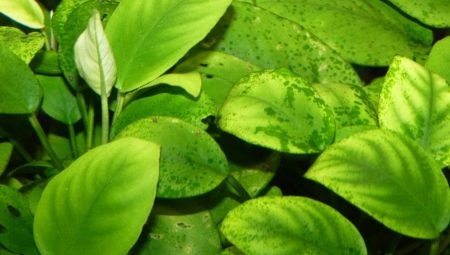
The emergence of the xenococus often becomes a problem for both novice aquarists and proven specialists. It is by no means advised to ignore this situation, otherwise, the usual green dots on the leaves of plants and the bottom of the container will lead to a gradual deterioration in the condition of all underwater inhabitants. First of all, the plants will begin to suffer, and then the state of the fish will change in a negative direction.
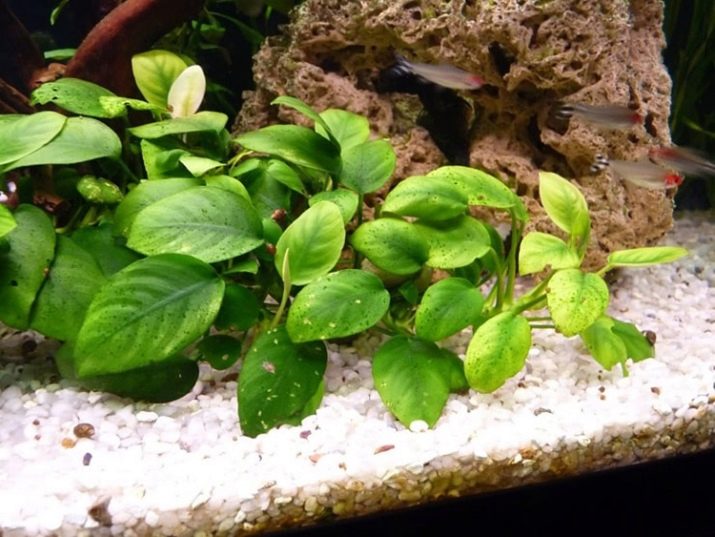
What it is?
Xenokus is essentially a single-celled colonial alga that grows on plants and existing artificial surfaces, that is, tank walls, shells, decorative elements and other objects... In fact, they are always present in the aquarium, but they begin to present a real problem only in the case of uncontrolled growth. The rate of development of the xenococus is rather low, and therefore, from plants, it prefers shady, slow-growing or not developing species at all.
As a rule, the appearance of one type of algae contributes to the further development of others, for example: filamentous, black beard or green algae. Measures in this case must be prompt in order to avoid more serious troubles.
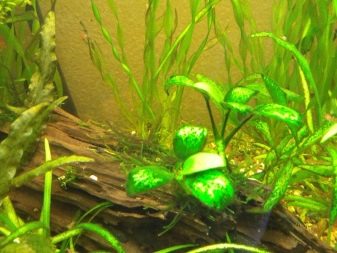
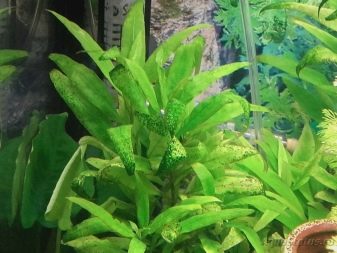
The main symptoms
The appearance of a xenococus is fairly easy to spot. In this case, we are talking about green dots that gradually appear on plant leaves, decorative elements, filter, compressor and walls of the aquarium. The longer the intervention is delayed, the larger the filled surface becomes.... As noted above, xenococus becomes a problem only for slow-growing plants, therefore, “high-speed” long stem species should not be feared. Over time, individual dots combine into large specks, the diameter of which varies from 5 to 7 millimeters.
To the touch, their surface becomes hard and even rough. In this case, it will be impossible to get rid of the algae, so the leaves of the plants will have to be completely eliminated.
In general, successful results can be achieved only if prompt measures are taken as soon as the first points appear.
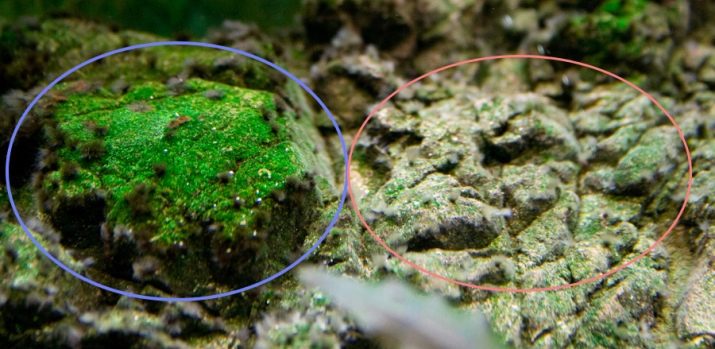
Reasons for the appearance
Most often, a xenocoke is started in an aquarium when there is an insufficient phosphorus content in the water. Lacking this element, plants stop developing and assimilate nitrogen. As a result, nitrates accumulate in the reservoir, which promotes the development of algae. Strong lighting only exacerbates this process. Most often, the lack of phosphorus becomes significant when a new aquarium is populated and after planting the plants it takes from one and a half to two months.
In this case it would be good to feed or increase the amount of feed used for fish containing phosphorus... Fertilizers are applied in such a way that 0.5 mg of an element is accounted for per liter of water, but it is still better to give preference to complex compositions.
If the reservoir has not changed, and the lack of phosphorus is still noticeable, then the main reason for this is fertilization. Moreover, the situation can be twofold: either too few of them were contributed, or the composition used is unsuccessful. Quite often, the appearance of a xenococus, following the cessation of the development of planted plants, is the result of excessive illumination together with the achievement of the minimum permissible level of carbonic acid equal to 4 mg / l.

Generally, the longer the daylight hours, the faster the unpleasant algae develops. For aquarium plants, the optimal indicator is from 9 to 10 hours a day, and exceeding this interval already contributes to the development of xenoccus. It is absolutely certain that if the light in the aquarium is on for more than 10 hours, then soon the walls of the tank will be covered with green dots. In addition, the intensity of the luminous flux is also important. In the event that it exceeds the normal level, the development of algae will accelerate.
But in general, most of the harmful spores end up in the reservoir along with plants, food and fish. If conditions are favorable, they begin to multiply rapidly. The spores of the xenococus are especially dangerous at the moment when a new aquarium is populated, since the metabolism of plants at this time is quite low, which means that they themselves are weakened and may even die.
The likelihood of such a situation is significantly reduced if the reservoir is initially densely populated with rapidly growing crops.
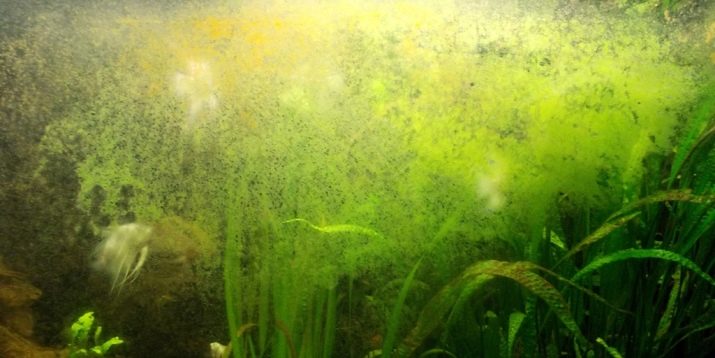
How to fight?
It is quite possible to defeat the xenocoke with improvised means, but unfortunately, you will not be able to completely get rid of the problem in the presence of a well-lit aquarium. Nevertheless, many drugs and care measures change the situation for the better. The first step is to normalize the situation: adjust the supply of carbon dioxide, start regularly replacing the water and minimize lighting.
The length of daylight hours should correspond to 10 hours, and the intensity should be selected depending on the needs of the inhabitants of the reservoir... In the event that there are two types of plants in the aquarium (which love light and which love shade), then they will have to be placed in such a way that the former create a shadow for the latter.
Water changes should be weekly, and 20-30% of the total fluid volume should be used. In addition to the sanitary function, this will ensure the balance of macrofertilizers and prevent over-application. It makes sense to populate a specific type of tank with fish and snails that consume green algae. In addition, if green dots appear, then they must be removed immediately if possible. As a rule, only artificial surfaces can be cleaned, but the plants will have to be thrown away.
In general, it is better to remove xenoccus specks immediately, as you have noticed, so that they do not have the opportunity to gain a foothold on existing objects.
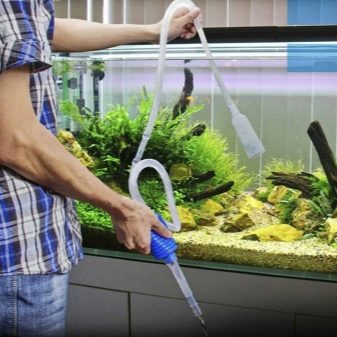

As a rule, normalizing actions will eliminate the problem, since green dots are not the main danger. The drugs are already used when the above methods are insufficient.
First of all the use of algicides of absolutely any manufacturer is recommended... A minimum amount will immediately destroy the algae, which is extremely sensitive to this agent. During use, be sure to follow the instructions. Unfortunately, algicides fight the symptoms, not the cause, and therefore, so that the xenococus does not return, it is important to modify the existing system anyway.
It is considered no less impressive "Sidex", created from a colorless solution of glutaraldehyde in combination with a fine-fraction activator. The tool should be used with extreme caution, as exceeding the dose leads to unexpected consequences. To process 100 liters of water, you only need 18-20 milliliters of the formulation at the required concentration.
Its introduction continues for an interval from a week to 10 days, although in a difficult situation it makes sense to increase the duration of treatment. This drug not only disinfects all available items, but also disinfects animals and eliminates fungal and viral lesions.
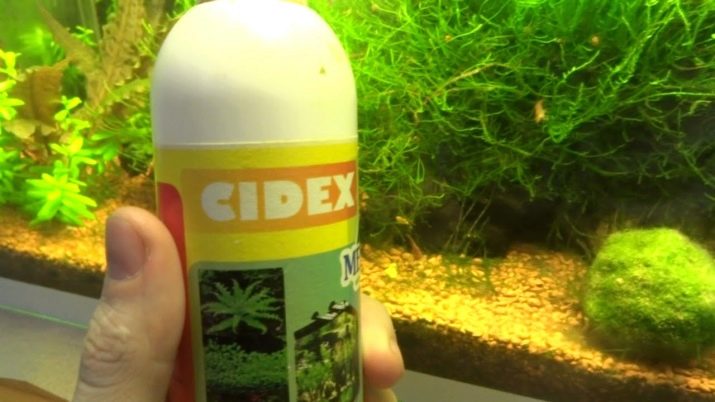
Experts advise novice aquarists to work with Sidex. This substance is effective only when it is selected in the correct concentration, which is difficult to achieve the first time.
It should be mentioned that sometimes an incomprehensible seal is found in the aquarium. We are talking about anubias - in fact, the same xenokus, but outdated and not cleaned in time. Its rigidity and density do not allow to eliminate the problem even mechanically, and therefore it makes sense to use an algicide: draw it into a syringe and inject it with a weak stream to process the stony formation. Hydrogen peroxide and erythromycin can also help in the fight.

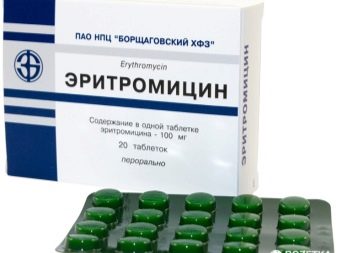
Prevention measures
As mentioned above, one of the main preventive measures is the correct length of daylight hours, which is determined depending on the existing inhabitants of the aquarium. This also includes using the correct lighting fixtures and regular water changes. For this purpose, by the way, it is better to use the settled liquid... Fertilizing also plays an important role, the composition of which is determined based on the needs of shady plants. Do not forget about filters and aerators, as well as adding creatures that feed on xenococus to the aquarium.
It should also be made clear that in any aquarium there is some kind of opposition between plants and algae, especially when it comes to a freshly filled tank. Therefore, who of them will be the first to master the new environment, he will "rule". If the xenococus turns out to be faster, then it instantly populates the existing crops, preventing them from developing calmly and limiting the supply of necessary nutrients. If the plants grow faster and fill the entire aquarium, then the harmful algae will not have a chance.
To achieve the optimal balance of power, it is important to provide an appropriate environment for the development of the selected green spaces, as well as to deprive the comfort of the algae.
To stimulate higher plants, you can try to reduce the number of fish for a while, introduce into the habit of regular cleaning of the soil, and also do not forget about changing the water.
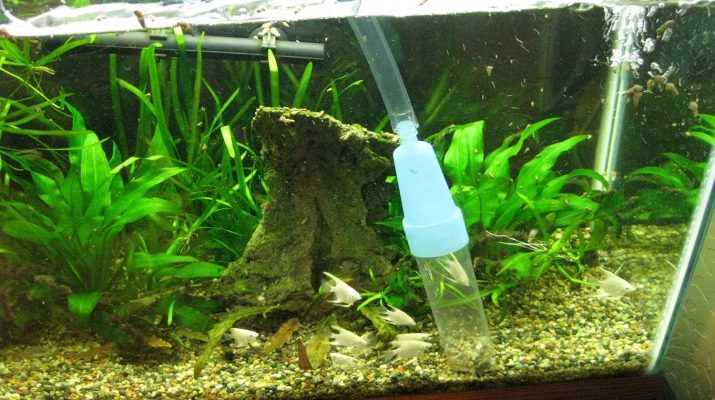
For information on how to get rid of the xenococus, see the next video.








